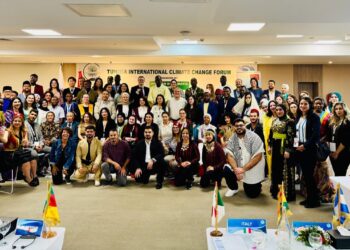The blue crab indicator of the Mediterranean environment – In the vast ocean of scientific research, a new project is making its way, shining a spotlight on a threat that turns into an opportunity. The Crabmedpol project, led by the Spanish Institute of Oceanography (IEO-CSIC) in collaboration with the University of Murcia and the University of Aveiro (Portugal), aims to use the Atlantic blue crab as a model species to assess the impact of chemical and microplastic pollution on organisms, as well as a pollution sentinel in Mediterranean ecosystems invaded by the species.
The blue crab, known scientifically as Callinectes sapidus, has become a key figure in Mediterranean coastal ecosystems since its arrival in 2004. Its rapid expansion has threatened native biodiversity and caused significant alterations in ecological balances and in the fisheries and aquaculture sector.
The Crabmedpol project aims to fully understand the environmental and socio-economic impacts of this invasion by exploring different management strategies, including commercial fishing. However, the research also focuses on the risks that chemical and microplastic pollution pose to the blue crab, considering its ecological characteristics and its predatory role in coastal areas influenced by human activity.
The peculiarities of the blue crab offer not only challenges, but also unprecedented research opportunities in animal, public and environmental health. Through the analysis of chemical and biological indicators, from proteomic levels to behavioural biomarkers, the project aims to provide a comprehensive overview of the bioaccumulation and impact of environmental contaminants, including microbes and nanoplastics, on the health of this species.
Crabmedpol promises to illuminate not only the effects of pollution on the blue crab, but also to shed new light on the health of Mediterranean marine ecosystems, paving the way for new discoveries and solutions for the protection of our precious marine environment.
The blue crab indicator of the Mediterranean environment







